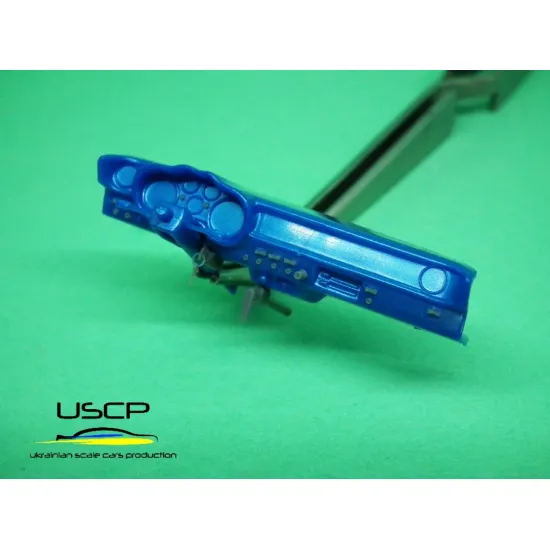Comprehensive Guide to Building and Customizing Model Kits for Beginners and Experts Alike
Comprehensive Guide to Building and Customizing Model Kits for Beginners and Experts Alike
Blog Article
Product sets have now been catching the imaginations of hobbyists for many years, growing from easy designs in to elaborate performs of craftsmanship. Their accomplishment all through history can be caused by a combination of developing technologies, cultural changes, and a dedicated community of enthusiasts.
Early Beginnings of Model Kits
The origin of plastic model kits could be followed back again to the early 20th century, generally in Europe and the United States. Initially, model kitswere handcrafted wooden replicas, frequently of ships or planes, made as teaching resources for engineers or naval cadets. These packages expected substantial talent to accomplish, as directions were minimal, and the components were rough.

By the 1930s, the process became more consumer-friendly as businesses like Frog and Monogram began producing balsa timber airline kits. These packages catered to hobbyists and presented simple pre-cut designs, creating them available to a broader audience.
The Plastic Revolution
The 1950s noted a substantial turning level in the development of design kits. The release of injection-molded plastic revolutionized the industry. Companies like Revell and Airfix took the lead, providing step by step product packages presenting tanks, aircraft, and vehicles. That new product allowed for better precision in production and offered simpler assembly for users.
Along with the post-war growth of middle-class leisure time, model-building easily turned a popular pastime for kids and adults alike. For instance, 1967 found the release of the Saturn V bomb design through the Room Race age, shifting community curiosity to space exploration-themed models.
Model Kits in Pop Culture
The latter 50% of the 20th century saw product systems entrenched in place culture. Shows and tv shows became critical people of fascination, with operations like Star Wars and Celebrity Trek impressive a trend of sci-fi kits. Japan also played a vital position in this time, with the introduction of mecha-centric systems like Bandai's Gundam line in 1980.

Today's Enduring Demand
Despite breakthroughs in technology, including digital simulations and video games, the design set business stays strong. Organizations now present highly detail by detail systems applying computer-aided design (CAD), 3D making, and laser cutting, ensuring reliability and precision. Furthermore, the increase of on line towns, forums, and social networking has empowered builders to talk about practices, screen finished performs, and interact with like-minded hobbyists globally.
The enduring appeal of model packages lies not merely within their complex patterns but in addition in the feeling of fulfillment they provide after hours of assembly. Today, they continue steadily to link generations, mixing record, artwork, and engineering right into a simple worthwhile hobby. Report this page